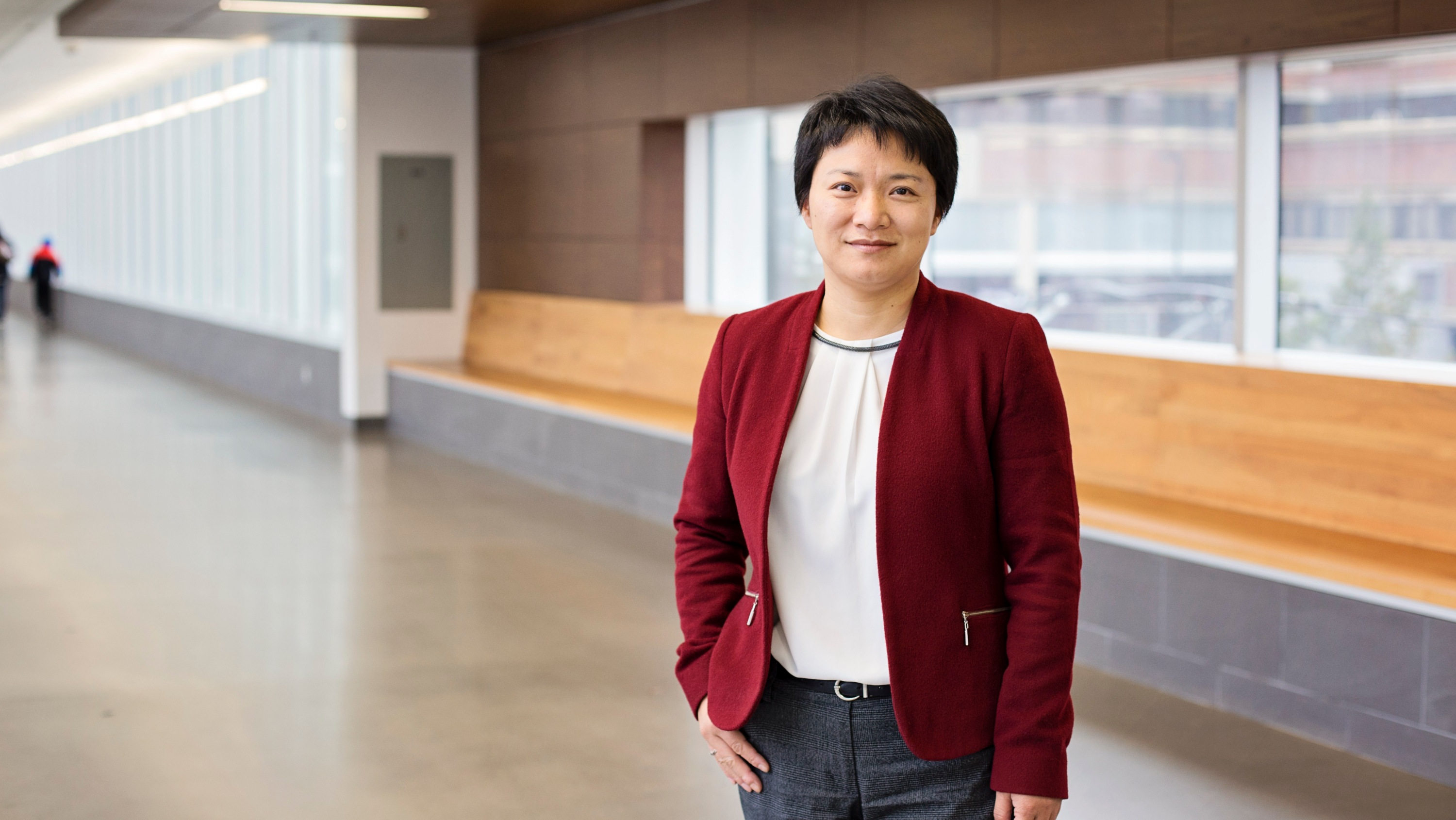Researchers have developed a statistical model that predicts the likelihood of female childhood cancer survivors developing premature menopause as they grow up, which could help doctors personalize treatment and counselling options for patients.
“We aimed to develop and validate models to predict age-specific risk among long-term survivors of childhood cancer, and our model showed robust prediction performance,” says Yan Yuan, a professor in the University of Alberta’s School of Public Health who led the research team that developed the tool, including an online calculator to help patients assess their risk.
Primary ovarian insufficiency, also known as premature menopause, is the term used to describe when a woman’s ovaries stop working normally before the age of 40. Yuan and her co-authors note that seven per cent of childhood cancer survivors develop the condition within five years of their cancer diagnosis, and it is estimated that another 12 per cent develop it more than five years after diagnosis, compared with just one to two per cent of the general population.
The study involved a group of cancer patients under the age of 21 treated at more than 30 hospitals across North America between 1970 and 1999. Female survivors aged 18 years or older at their latest followup examination, with self-reported menstrual history information and free of subsequent malignant neoplasms within five years of diagnosis, were included in the study.
“We found a very strong signal in the life-saving treatments used by oncologists,” says Yuan. “Different treatments, such as radiation or various chemotherapy drugs, can have very different effects. We evaluated 20 chemotherapy drugs, and some cause more damage to the ovary than others. The dosage and age of the patient are also important factors.
“This is important because it helps inform clinicians of treatment options as well as counselling prior to and after treatment.”
The study is the culmination of more than seven years of research and is the second of two papers published on the work. The previous paper described a predictive model for acute ovarian failure, a subtype of primary ovarian insufficiency that some patients develop within five years of their diagnosis.
For Yuan, it also helps validate the power of biostatistics in public health, which applies mathematical or statistical modelling to help improve patient care.
“Risk prediction is an evolving process, but there is real value in using statistical models or algorithms to predict health outcomes if you collaborate with clinicians and patients to understand the context and learn the nuances of the data, in order to build a robust and trustworthy model that benefits patients,” she says.
“It’s very rewarding in terms of scientific discovery. I remember sharing the results with our clinical collaborators, and they didn’t really realize their bias toward certain treatments and the risk factors they carry for children. It made me feel like our research is making a difference, and that’s what you want to do.”
Yuan’s co-authors on the study include Cindy Im, a U of A doctoral graduate who is now a professor at the University of Minnesota. “We also had students working on this research — Zhe Lu, Lin Yu and Yutong Han — who contributed enormously to this work,” says Yuan.
The research was supported by funding from the Canadian Institutes of Health Research and the U.S. National Cancer Institute, and a scholarship for Lin Yu from the Canadian Centre for Applied Research in Cancer Control. Yan Yuan is a member of the Women and Children’s Health Research Institute.
